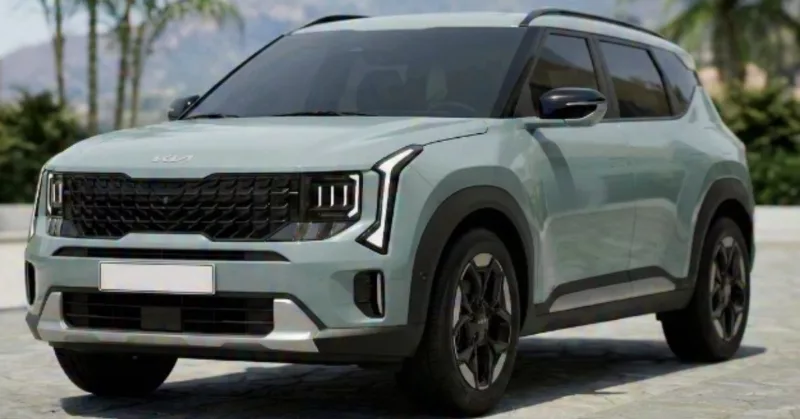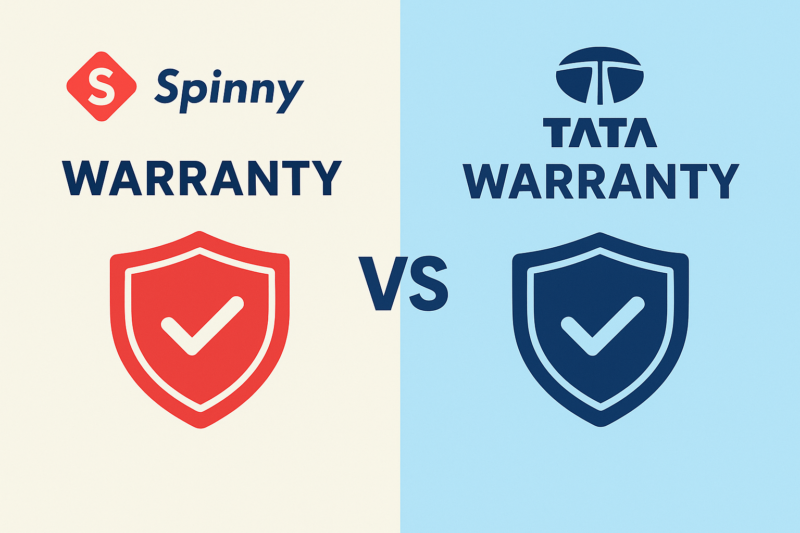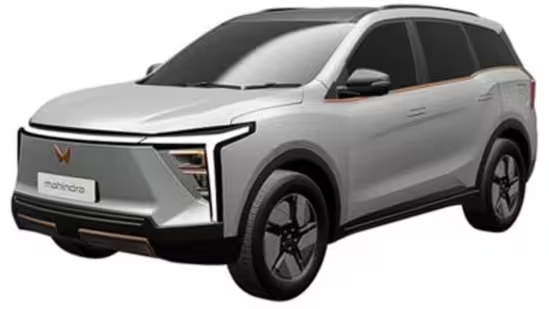Car scratches are very common and may come from dust, car cleaning, tight parking spaces, and even everyday driving. But the key is knowing the depth of the scratch, since each affects different layers of the paint. A car body actually contains three layers: the clear layer on top, the paint layer in the middle, and the primer layer above the metallic layer, which sits above the body’s metallic layer.
This guide details the various scratches found on cars, how to identify them, and what it takes to fix them, so you know for certain whether a polish will do the trick or if you should have a professional fix it for you.
1. Clear-Coat Scratches

The clear coat is the top layer of your car’s exterior. Its main task is to protect the paint from sunlight, water, and dust. Scratches associated with clear coats are prevalent because they are only found in the upper layer and do not affect the colour coat.
How to identify clear-coat scratches
- They look like light swirls, hairline marks or faint white lines.
- Most visible under sunlight, showroom lights or torchlight.
- You cannot feel a deep groove when you slide your fingernail over the scratch.
- The colour layer underneath is still intact.
How to fix clear-coat scratches
Clear-coat scratches are the easiest to repair. A gentle wash followed by polishing or waxing usually removes them.
- Wash with a mild shampoo and a microfibre cloth to clear dust.
- Use a polishing compound to smooth out the clear coat.
- Finish with wax for gloss and extra protection.
- Professional detailers can use machine polishers for a cleaner finish.
How to prevent clear-coat scratches
- Use only microfibre cloths for washing and drying.
- Avoid dry dusting, which can cause swirl marks.
- Keep the car away from bushes, walls and tight spaces.
- Apply wax or paint sealant regularly to protect the clear coat.
2. Paint Scratches

Paint scratches affect the coloured layer beneath the clear coat. They’re far more noticeable and usually happen when the car rubs against something hard or sharp.
How to Identify Paint Scratches
Paint scratches typically:
- look deeper and more obvious than clear-coat marks
- show the base colour of the paint clearly
- feel rough when you run your fingernail over them
- may expose a lighter or darker shade compared to the rest of the panel
If your nail catches in the groove, it’s almost always a paint-layer scratch.
How to Fix Paint Scratches
Paint scratches need precision and should ideally be repaired by a professional. The usual process is:
- cleaning and sanding the damaged area
- applying matching paint in thin, even layers
- allowing the paint to dry completely
- finishing with a clear coat to seal and protect
Trying this at home without experience can leave uneven patches or mismatched colour.
How to Prevent Paint Scratches
Most paint scratches come from tight parking spaces and accidental contact with hard surfaces. You can reduce the chances by:
- keeping enough distance from walls, pillars and bushes
- avoiding rubbing against the car with bags, keys or belts
- parking away from high-traffic zones
- installing side mouldings for added protection
- choosing PPF for doors and bumpers if you park in tight spaces regularly
3. Primer Scratches

Primer scratches are the deepest type of scratch. They cut through the clear coat and paint, exposing the primer or even bare metal.
How to Identify Primer Scratches
You can usually spot a primer scratch if:
- The scratch looks grey, dull, or shows the metal panel
- The line feels very deep and rough to the touch
- Your fingernail gets stuck immediately when you drag it across
- The scratch is clearly visible from a distance
- The damaged area may have sharp edges or chipped paint around it
These scratches rarely happen from minor contact and are typically caused by hard impacts.
How to Fix Primer Scratches
Primer scratches always need professional repair. The standard process includes:
- sanding a wider area around the scratch to level the surface
- repairing dents, if any, before paint work starts
- applying fresh primer evenly and letting it dry
- repainting the panel with the matching colour
- sealing the job with a clear coat for protection
- allowing enough drying time based on the size of the damage
Trying to fix this at home can lead to mismatched paint or rust issues later.
How to Prevent Primer Scratches
These come from strong hits or severe abrasion, but you can reduce the chances by:
- maintaining a safe distance while parking near walls or pillars
- avoiding narrow spaces where surfaces can scrape the body
- installing door edge guards or side body mouldings
- keeping the car covered to avoid falling objects
- using PPF on high-risk areas like bumpers, wheel arches and doors
DIY vs Professional Scratch Repair
When you find a scratch on your car, the first step is figuring out whether you can fix it at home or if it needs a professional touch.
When DIY Works
DIY repair is suitable only for clear-coat scratches.
If the scratch is light, doesn’t expose colour, and your fingernail doesn’t catch on it, you can usually fix it with a simple wash, mild polish and microfiber buff.
When You Need a Professional
Professional repair is better when
- The scratch feels deep
- Any colour or grey primer is visible
- The paint is chipped
- The panel has curves where blending becomes tricky
Experts use controlled sanding, colour-matched paint and proper clear-coat sealing to restore the finish evenly.
This is also why Spinny lists only cars with properly inspected and clearly reported exterior condition, so buyers know if a car has undergone any repainting or scratch repair earlier.
Cost of Repair for Each Scratch Type in India (Updated 2025)
Repair costs vary depending on the depth of the scratch and the amount of repainting required.
| Scratch Type | Repair Cost (₹) | What It Includes |
| Clear-Coat Scratch | • 300–1,000 (basic polishing) • 1,500–2,500 per panel (machine polishing) | Polishing, rubbing, restoring shine; no repainting needed |
| Paint Scratch | 2,000–6,000 per panel | Colour blending, minor repainting, matching paint shade, and clear coat |
| Primer/Deep Scratch | 4,000–12,000 per panel Higher if denting or rust treatment is required | Primer application, full repaint, clear coat, possible dent/rust repair |
Why Prices Vary
City, workshop know-how, paint finish (solid, metallic, or pearl), and the size of the damaged area are the variables that affect the final cost.
In the process of acquiring a used car, this is where the paint/body assessment by the panel at Spinny comes in handy, since it indicates whether the paint on every part of the body could be newly applied or from the past.
FAQs On Types of Car Scratches
Q. What’s the fastest way to check how deep a car scratch is?
Run your fingernail lightly over the scratch. If it doesn’t catch, it’s a clear-coat scratch. If it catches or feels uneven, the scratch has reached the paint or primer and needs professional attention.
Q. Can toothpaste really remove car scratches?
Toothpaste can only mask very light, clear-coat marks because it works like a mild abrasive. It cannot fix paint or primer scratches, and the results are temporary.
Q. Is it safe to use DIY scratch repair pens?
Scratch pens work only on shallow, clear-coat scratches. They won’t fix deeper marks, and poor application can leave uneven patches. They’re a quick fix, not a long-term solution.
Q. How much does it cost to repair different types of scratches?
Clear-coat scratch repairs are the cheapest because they usually need only polishing. Paint scratches cost more due to repainting, while primer scratches are the most expensive because they require bodywork, primer, paint and clear coat.
Q. Can a scratch lead to rust?
Only paint and primer scratches can expose metal. When metal is exposed to air and moisture, rust can form, making it important to repair deeper scratches quickly.
Q. How do I prevent scratches while washing my car?
Use a microfiber mitt, a separate bucket for rinsing, and avoid wiping a dry or dusty surface. Most wash-related scratches appear because dirt is dragged across the paint.
Q. Should I choose ceramic coating or PPF to prevent scratches?
Ceramic coating protects against minor swirls and makes cleaning easier. PPF offers stronger protection, preventing clear-coat, paint, and even some primer-level scratches. PPF is recommended if you drive or park in high-risk areas.



